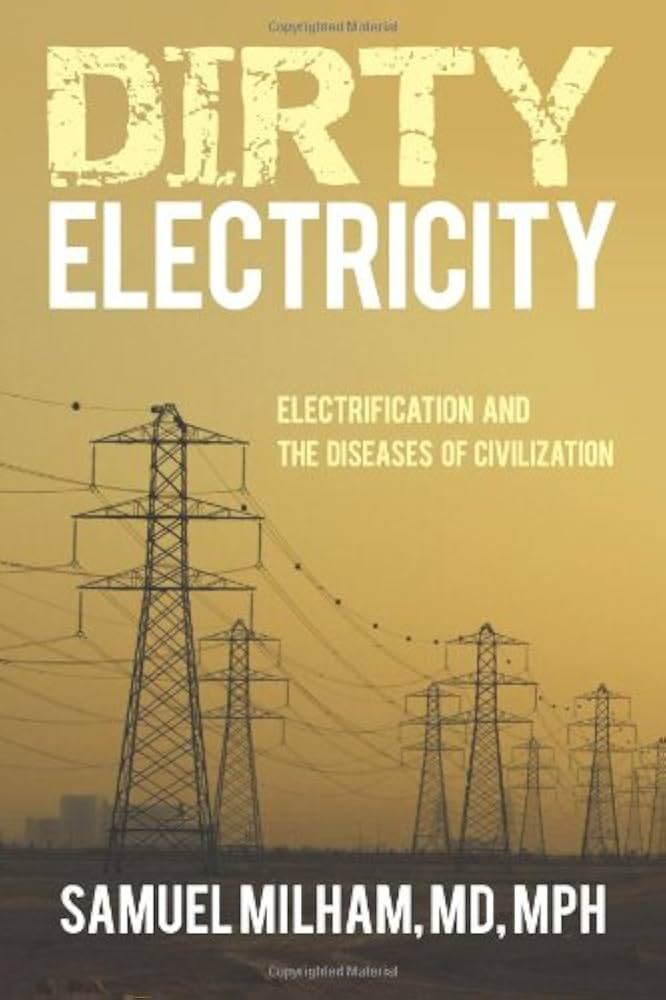Product Overview
Model GS-M300-A
Detect and measure undesirable power line electromagnetic (EM) radiation from low-level high frequency voltages caused by transients and harmonics on the line.
Electrosensitive people have reported sensitivities with readings as low as 27 on the Microsurge meter. Some harmful health effects of high frequency energy on humans appear to be cumulative, and possibly non-reversible. Science is inconclusive in this area, although the body of empirical evidence available for guidance continues to expand and stabilize.
The meter was designed to measure low-level high frequency transients and harmonics present on electrical wiring in buildings, which are the frequencies most detrimental to human health. The meters effectively ignore the effects of 60 Hz power and other lower, less harmful frequencies. The measurements read by the meter are defined as GS (Graham-Stetzer) units (since no standard term is available). The GS units are a measure of “harmful energy” which is a function of frequency, or more generally, rate of change of voltage.
Microsurge meters measure the levels of safe, borderline, or dangerous levels of “energy” present. These levels are conveniently shown on the back of the meter for reference. These levels have been developed through research and confirmed by experience in North America and other countries worldwide. Starting from points that typically have the highest readings, such as where computers and televisions are plugged in, the meter is used to measure both the initial levels of GS energy, and its reduction as filters are added. After the installation of the filters is complete, a final confirmation of the GS levels should be performed throughout the house.

Dr. Millham was called into a school in La Quinta California, where many children were getting leukemia, and many teachers were also ill. He measured and filtered the dirty electricity to resolve the problem.




